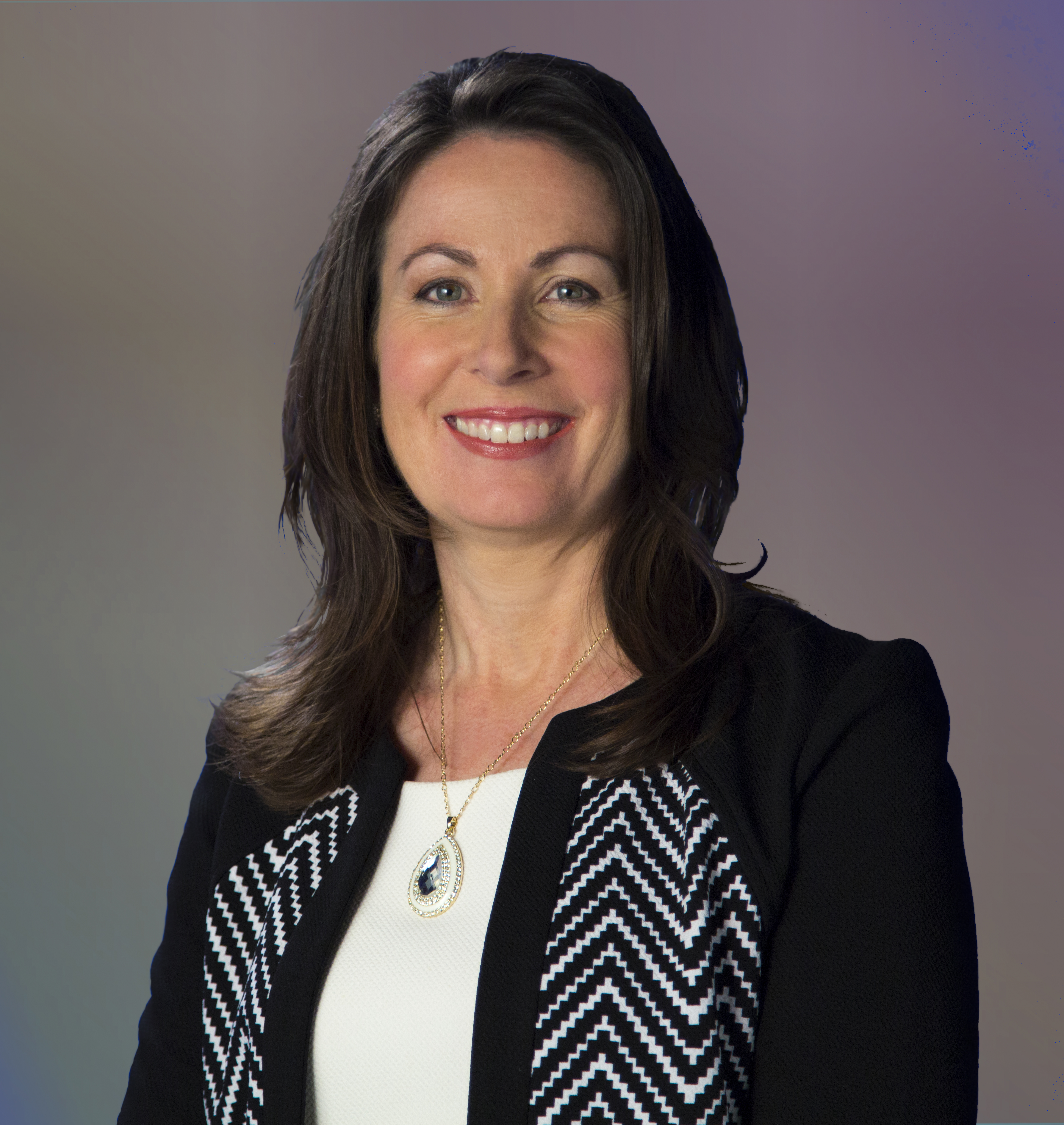Technology can be both a blessing and a curse. Although some believe that we are more isolated in our high-tech world, technology can also help to bring us closer and actually help improve our health. For example, telemedicine is a promising strategy aided by technology that allows patients to consult with their healthcare team by sending pictures by email or using online video. This approach can also make it easier for the primary care team to share information with specialists (1,2).
Telemedicine is proving useful for people with mobility problems such as leg and foot ulcers developed as a complication of diabetes. Ulcers can take a long time to heal and – after diagnosis and initial treatment – patients often need multiple follow-up appointments with their health care team and referral to specialist care when necessary (3). All of this takes time and can be costly for both patients and the healthcare system (3,4,5).
According to Dr. Perry Mayer – a doctor and expert in the treatment of the diabetic foot – telemedicine is not going to replace medical professionals but it is the way of the future: “It’s an area of medicine which is under-recognized. Rates of diabetes are exploding, including among people in isolated areas and we are going to have to use technology to reach them.” Dr. Mayer stresses that foot disease is one of the most prevalent complications of diabetes, with “terrible effects.” More than 3 million Canadians live with diagnosed diabetes and considerably more have undiagnosed or pre-diabetes (6). As diabetes reaches what Dr. Mayer calls “epidemic proportions,” the conversation about how best to treat foot wounds will become even more important.
Researchers in Norway recently scanned the literature to measure the impacts of telemedicine vs usual care for patients with leg and foot ulcers (2). The authors found only one relevant US study, which compared 20 patients with diabetic-related foot ulcers who were treated via telemedicine with 120 patients who were treated face-to-face at a diabetic foot program.
What the research tells us
The patients who received follow-up care through telemedicine received similar care to those who were treated face-to-face. The healing time and the number of ulcers healed at 12 weeks were similar for both groups (7). The authors concluded that patients who use telemedicine for follow-up foot ulcer care do not face a greater risk of health problems than those treated in-person and can spend less time travelling. This approach may even result in lower healthcare costs (2). This is good news for people who may have difficulty getting to and from their medical appointments or accessing specialist health care.
These findings should be viewed cautiously because they are based on a single – and relatively small – study. However, an earlier systematic review including 26 studies and over 5000 people also found evidence that home telemonitoring helps improve blood sugar control for people with diabetes – promising findings that point to the potential of this relatively new area of healthcare (8). The researchers recommend more carefully controlled studies of larger groups of patients, with a longer follow-up time (2,8).
The professional perspective – Dr. Perry Mayer
According to Dr. Mayer, who has consulted as a specialist via telemedicine in Ontario, there are many advantages to using telemedicine for diabetic foot care:
Access to specialist care for those who wouldn’t otherwise get it:
-
“It’s all well and good to say every patient should have a doctor, but that probably won’t happen. We can leverage technology to offer that.”
-
“Believe it or not, there’s a lot a foot care specialist can do just seeing the wound and talking with the patient and having a local nurse or doctor provide the care on their end.” After the first telemedicine appointment, follow-up can be as easy as a phone call or sending a note or picture.
Mentorship / teaching of local health professionals
-
Telemedicine allows foot care specialists to mentor and educate family physicians and other local health professionals about diabetic foot disease so they may be better able to recognize and treat ulcers independently. “Telemedicine is practical and more interactive way to facilitate this.”
Connecting with patients:
-
“I can confirm a diagnosis with tests but the advantage of telemedicine is hearing from the patient directly and listening to the words they use to describe their condition.”
-
Better communication can also improve the patient’s understanding of the problem and can encourage them to follow treatment instructions.
In Ontario, the Ontario Telemedicine Network offers telemedicine options for mental health, dermatology and other specializations. Although Dr. Mayer says there is “great potential” for the service to help reach people at risk of diabetic foot disease, a pilot project he was involved with found that physicians do not always use the service when it is available to them. He stresses the importance of increasing awareness among physicians of both the seriousness of diabetic foot disease and the potential of telemedicine to help diagnose and treat it.





